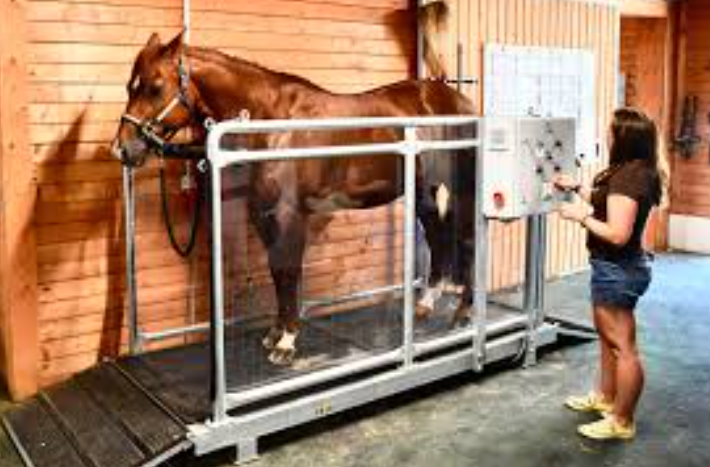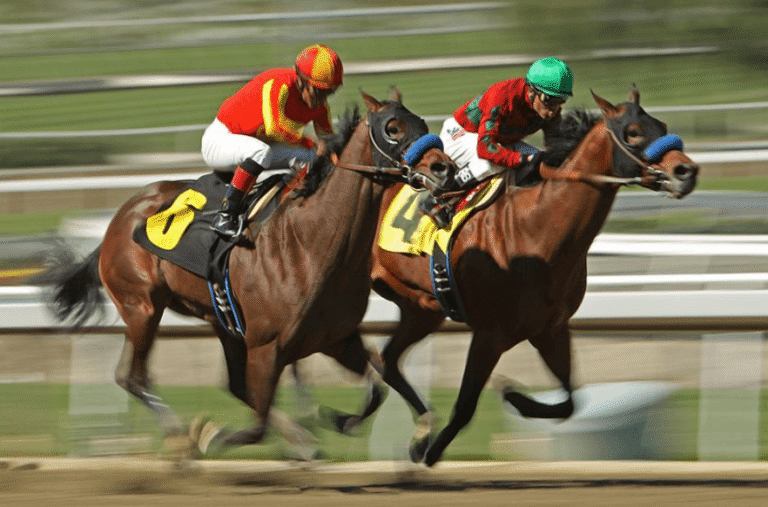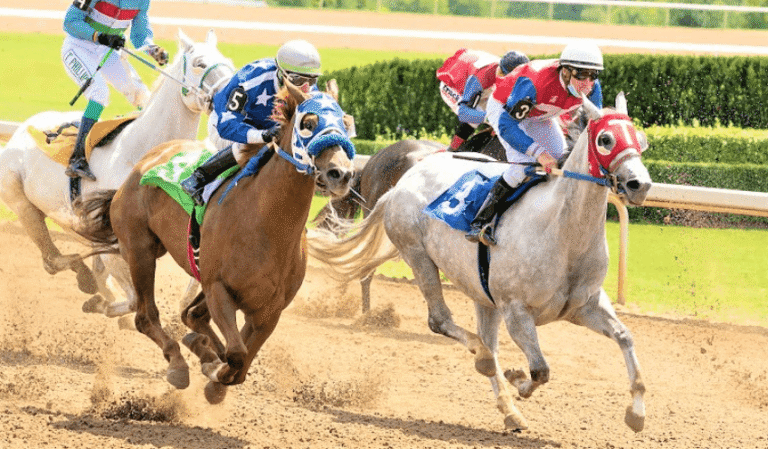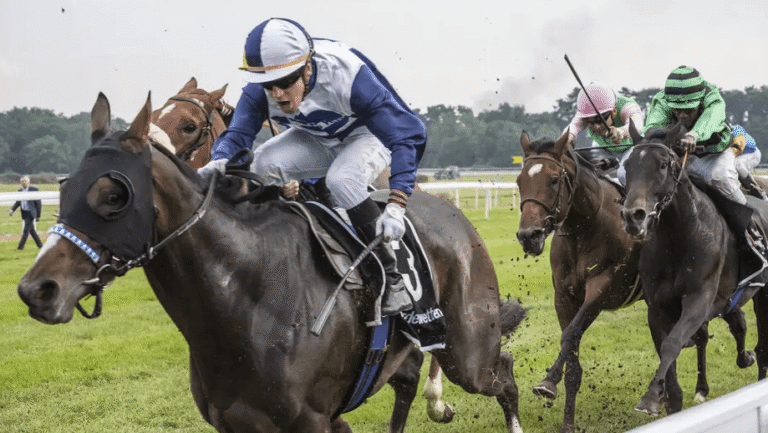Horse Racing Injuries: Prevention, Treatment, and Recovery
Horse racing injuries present serious challenges for equine athletes, often leading to significant setbacks. Fractures and ligament tears are among the most common injuries, impacting both performance and well-being. Preventative measures are crucial for both horses and jockeys to minimize these risks. Understanding effective treatment options and recovery strategies is essential for a successful return to the track. The interplay of these elements raises important questions about the future of equine health in this demanding sport.
Common Injuries in Horse Racing
Although horse racing is a thrilling sport, it is not without its risks, particularly regarding the health of the equine athletes involved.
Common injuries include various fracture types, such as stress fractures and complete breaks, which can severely impact a horse’s career.
Additionally, ligament tears, often resulting from intense exertion, pose significant challenges for recovery and long-term athletic performance in these magnificent animals.
See also: 10 Famous Horses That Made History in Horse Racing
Preventative Measures for Horses and Jockeys
To mitigate the risks associated with horse racing, implementing effective preventative measures for both horses and jockeys is essential. Utilizing proper safety gear and advanced training techniques can significantly reduce injury rates. The following table outlines key preventative strategies:
| Horses | Jockeys |
|---|---|
| Regular veterinary care | Proper safety gear |
| Balanced nutrition | Consistent training |
| Controlled exercise | Injury awareness |
| Adequate rest | Physical conditioning |
| Environment assessment | Mental preparedness |
Treatment Options for Injuries
Injuries in horse racing, despite the implementation of preventative measures, can still occur, necessitating prompt and effective treatment options.
Comprehensive rehabilitation techniques play a crucial role in restoring equine health, while targeted pain management strategies alleviate discomfort.
These approaches ensure that injured horses receive the necessary care, facilitating a smoother recovery and empowering them to return to their natural athleticism and freedom on the track.
Recovery Strategies for Optimal Performance
Effective recovery strategies are essential for optimizing performance in racehorses, especially following an injury. Implementation of targeted rehabilitation techniques can facilitate performance enhancement, ensuring a swift return to form. Key strategies include controlled exercise regimens, nutritional support, and mental conditioning, which together promote holistic recovery.
| Strategy | Description |
|---|---|
| Controlled Exercise | Gradual increase in workout intensity |
| Nutritional Support | Balanced diet for healing |
| Mental Conditioning | Stress reduction techniques |
Conclusion
In the high-octane world of horse racing, where the pursuit of glory often eclipses the well-being of its equine athletes, the irony lies in the relentless chase for speed leading to frequent injuries. Despite advanced prevention and treatment strategies, the sport remains a precarious balance between ambition and vulnerability. Ultimately, the true victory may not be found on the racetrack, but in the commitment to safeguard these noble creatures, ensuring their health and longevity amidst the thrilling chaos of competition.




